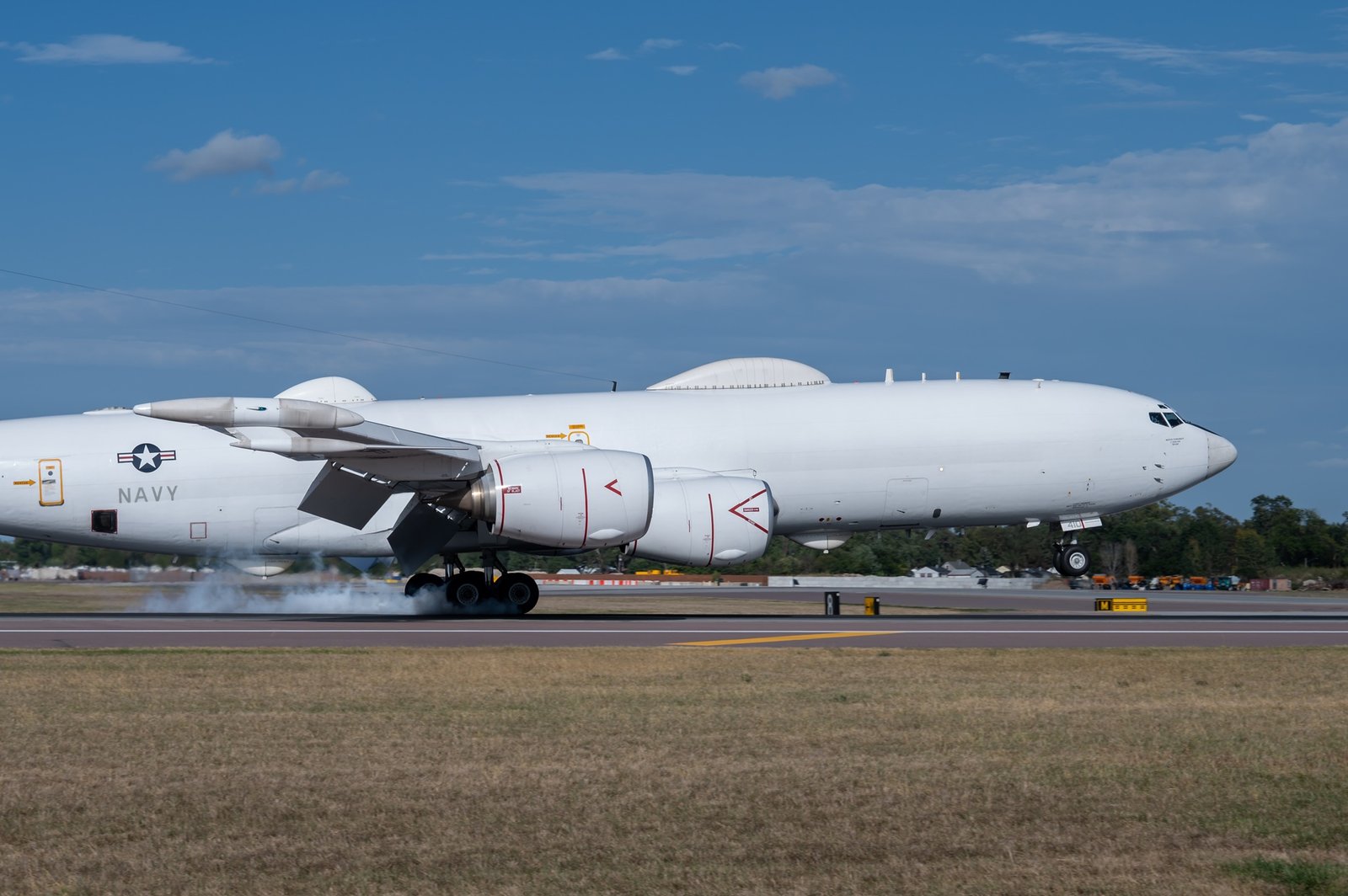
Rockwell Collins wins $16.6M deal for ‘Doomsday Plane’ support
Rockwell Collins has been awarded a $16,6 million contract to provide software sustainment and cybersecurity lifecycle support for the U.S. Navy’s E-6B Mercury aircraft.
The order, issued under a previously established basic ordering agreement, was announced by the Department of Defense and is expected to be completed by June 2026.
The E-6B is a strategic communications relay and airborne command post platform. It provides survivable, reliable, and endurable airborne nuclear command, control, and communications (NC3) for the President of the United States, the Secretary of Defense, and U.S. Strategic Command. The aircraft supports both the TACAMO (Take Charge and Move Out) mission and the Looking Glass mission, which includes the capability to launch U.S. land-based intercontinental ballistic missiles through its onboard airborne launch control system.
According to the Navy, Rockwell Collins will perform the majority of the work in Richardson, Texas (95%), with additional work conducted at Tinker Air Force Base, Oklahoma (3%) and Naval Air Station Patuxent River, Maryland (2%). Fiscal Year 2025 Navy operations and maintenance funds in the amount of $5,288,092 were obligated at the time of award. These funds will expire at the end of the current fiscal year. The order was not competed.
As noted by the Department of Defense, the E-6B continues to play a central role in the United States’ nuclear command and control infrastructure. The support contract ensures that software reliability and cybersecurity protections remain in place for this high-consequence platform, which must maintain operational readiness under any conditions.
Rockwell Collins, a core defense supplier for military avionics and secure communications systems, will provide technical expertise to maintain the aircraft’s software performance and its resistance to evolving cyber threats.
Looking ahead, the Navy plans to transition the TACAMO mission to a fleet of E-130J aircraft, relieving the E-6B of one of its dual mission sets. Until that transition is complete, the E-6B remains a cornerstone of the Department of Defense’s airborne nuclear command and control architecture.


